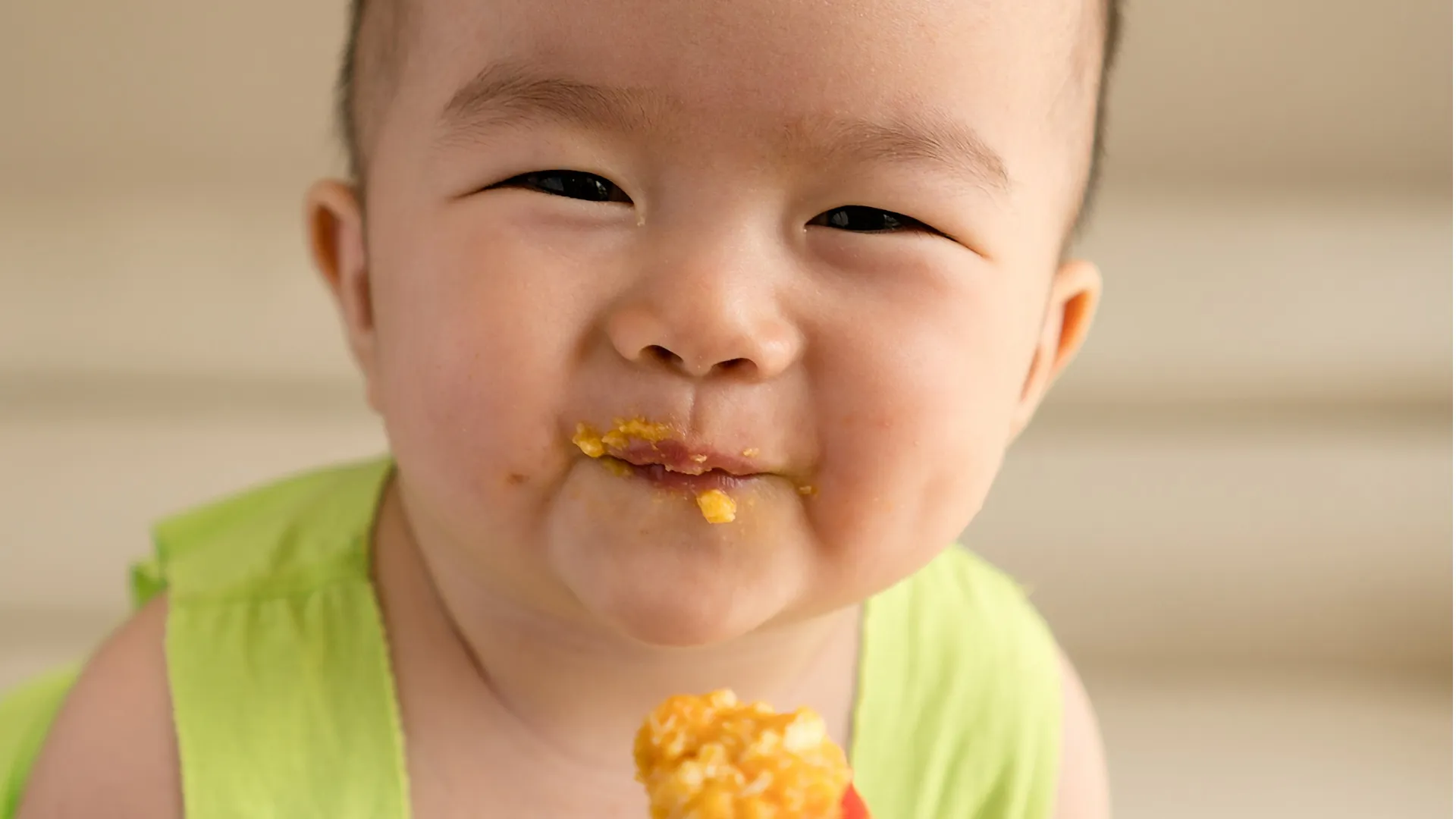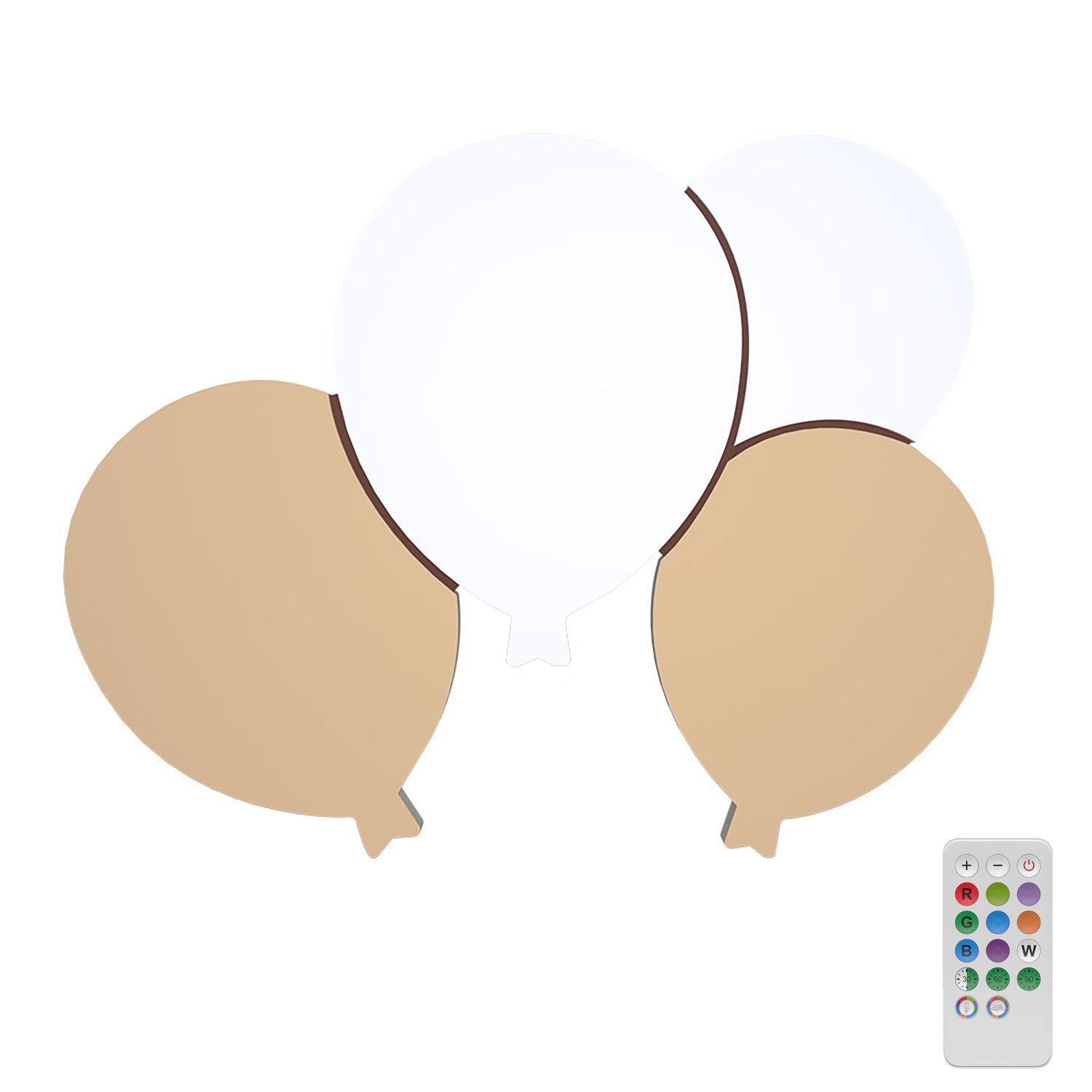Generally speaking, young children start eating solid foods from the 6th month of life, because most parents support the principles of independent feeding.
Despite this very popular principle followed by many parents, many children still eat their first foods in the form of purees or coulis. However, at this age, it is important to introduce your little one's stomach to pieces of food, because the period between the 2nd and 3rd trimester of life is particularly important for the acceptance of new textures and tastes.
At what age can your baby eat solid foods?
We are going to answer this frequently asked question. Did you know that even if your young child has no teeth, he can still chew thanks to his gums? And yes !
You have nothing to worry about your child choking while eating or not knowing how to eat. This is physiological in children.
For your information, generally, a baby is ready to eat food in pieces when he is able to hold some things in his hands. For what ? Quite simply because a child's motor skills and skills develop at the same time.
On the other hand, babies have a gag reflex which helps them and protects them from any risk of choking. So, if food that is too large goes too far into his mouth, this automatic mechanism allows him to bring it forward and prevent the food from reaching his respiratory tract.
What is independent baby feeding?
The majority of parents follow independent feeding, which consists of giving their baby pieces of food from the sixth month. Apart from this, parents who have chosen this system must also give fortified cereals to their baby, because these are composed of iron, a very important nutrient for a child's growth. It is also possible to integrate solid foods with cereals. For example, you can mix cereals with pieces of fresh fruit, this mixture is a safe bet, in addition to being healthy.

What food to introduce?
Whether you choose thefeeding with milk or you feed your baby formula, this should remain their primary source of nutrition during their first year, even as you begin to introduce solid foods. Also know that foods are there to supplement, not to replace breast milk or baby milk. Therefore, it is important to continue giving milk before or after solid meals to ensure that your baby receives all the nutrients necessary for his growth.
For baby's first meals, it is recommended to introduce simple, iron-enriched and whole-grain cereals, such as rice. However, current guidance provides more flexibility. You can start with fruit or vegetable purees, such as banana, sweet potato, carrot or avocado. These are ultra rich in essential nutrients while allowing your baby to discover different flavors and textures. No matter what you choose, make sure the texture is very smooth. If you prepare baby food yourself, it is recommended to filter it, puree it finely and soften it with a little liquid.

Switching from purees to chunks of food: How to go about it?
Even if a baby's basic diet remains purees and coulis, you can still mix pieces of food with varied textures, soft, melting, chewy, etc. For example, you can add pieces of fruit with the yogurt. Eat the roll with a little vegetable soup, or even give it biscuits with a little jam. Moreover, mixing different textures is a form ofsensory activity, because this will stimulate your child's senses while helping your baby gradually get used to chewing food from a young age.
To help your baby introduce solid foods into his routine, you can gradually change the mixture and texture in the purees. By starting this independent feeding from the age of six months, you will help prevent a baby's refusals as he grows up.
To introduce your child, you can follow this progression:
- Start with smooth purees.
- Then move on to thicker or grainier purees.
- Introduce purees with small lumps.
- Offer soft pieces or grated foods.
- Finally, offer small pieces that your baby can chew.
It is recommended to stay no more than a month at each stage to encourage the development of your child's motor skills. Know that each child is also different, so you should adapt the introduction of new textures according to their reactions. Avoid textures that could pose a choking hazard.
If you have difficulty introducing your child to solid foods, you can play with them or entertain them with objects like night lights, sensory toys, mirrors or even make them listen to music while giving them food. Try this tip, you will see that your baby will finish his plate in no time!

Some precautions to take during this crucial stage
When you start introducing morsels into your little angel's diet, choose foods that he can grab with his fingers and that are suitable enough for his gums or tongue. Remember to always test for yourself to make sure it's right for your baby, whether it's texture, temperature or flavor.
To make it easier to accept pieces, offer tender, well-cooked foods to your child. You can start with vegetables in strips or sticks (like carrots, broccoli, or peppers), soft or very ripe fruits (like bananas, avocado), tofu sticks, tender meat, boneless fish, crushed legumes, bread crusts or why not toast.
As a parent, you certainly know what “intuition” is! If you think certain foods are harmful or unsuitable for your age, don't take any risks. Furthermore, some should be avoided to prevent any risk of choking, such as nuts or vegetables with thin, unpeeled skin, untoasted sandwich bread, grapes, hard raw vegetables or fruits, round foods. , hard or sticky, as well as Honey before the age of one year due to the risk of botulism.
It is also advisable to adapt the size of the food according to the age of your little one to avoid any accidents. Of course, stay attentive to your baby's signals to adjust the quantities of food and avoid forcing him to eat.
If your baby seems to be having difficulty with lumps, shows signs of refusal and shows signs such as gagging or vomiting around 18 months, it is advisable to see your pediatrician to see if he or she has a problem. health.
To make it easier to introduce pieces and encourage your baby to accept them, here are some additional tips:
- Encourage your baby to feed himself by letting him take food with his hands. This will help him get used to different textures and flavors.
- Offer baby cereals or biscuits that are dry and soft, making it easier to chew and adapt to solid foods.
- To make new foods more familiar, start by introducing them to foods they already know in pureed form. This allows them to get used to the color, smell and flavor.
- Create a calm and relaxed atmosphere during meals. Avoid forcing your baby to eat if he or she is not interested, as this may create an aversion to solid foods.
It is important not to wait too long to start giving your baby solid foods. As it grows, it needs more energy and nutrients to develop properly. Delaying the introduction of solid foods could slow down his normal growth and even weaken his health.
Finally, when you begin giving your baby solid foods, it is crucial to stay alert for signs of a potential allergy. These signs may include rash, redness, swelling around the mouth, vomiting, or loose stools. Some frequently allergenic foods include cow's milk, eggs, peanuts, tree nuts, wheat, soy, fish and shellfish. To avoid adverse reactions, it is recommended to introduce each new food separately and wait a few days before introducing another. This helps monitor any possible allergic reactions.
Conclusion
To introduce solid foods to your baby around six months, respect their individual pace and start with purees before progressing to suitable pieces. Even without teeth, your baby can chew thanks to his gums and his gag reflex protects him from the risk of choking. Gradually, offer varied textures to stimulate his senses and get your baby used to eating solid foods. Stay alert to your baby's cues and avoid potentially dangerous textures.







